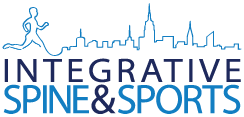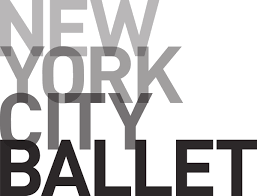Common Football Injuries & How They’re Treated
January 19, 2023
Football is one of the most dangerous contact sports in the United States today. For a good reason, players must wear layers of protective clothing and equipment such as pads, helmets, and braces, among others, to minimize risks of injury.
However, despite all the precautions, injuries are very common. According to the National Library of Medicine, football’s most common injury types include strains at 40%, contusions at 25%, dislocations at 15%, fractures at 10%, and concussions at 5%.
Common football injuries and how to treat them.
1. Muscle Strains
A muscle or tendon is the fibrous tissue that connects the muscles to the bones. A strain occurs when this tissue is overstretched, mainly due to sudden acceleration or deceleration. This injury is also known as pulled muscles and typically affects the lower back, hamstrings, or ankles.
Treatment
The R.I.C.E. treatment is most effective in providing immediate relief to a pulled muscle. The abbreviation stands for rest, ice, compression, and elevation. The player should stop exertion and get some rest while applying ice to the affected area for between 15 and 30 minutes every few hours.
A muscle strain should heal naturally with the R.I.C.E method within three to six weeks. However, surgical repair and physical therapy treatments may be necessary in severe cases.
2. Knee Ligament Injuries
Ligaments connect bones in the body. The ligaments that connect the lower leg to the thigh bone are most susceptible to injuries in football. Four knee ligaments can suffer injuries:
- An anterior cruciate ligament (ACL) at the center of the knee.
- The posterior cruciate ligament (PCL) also located at the center of the knee.
- Medial collateral ligament (MCL) located on the inside of the knee
- Lateral collateral ligament (LCL) just outside of the knee
The most common knee ligament injury in football is the rapture of the ACL. This is because it is the ligament that controls the rotation of the shinbone and forward movement.
Treatment
The right treatment for a knee ligament injury depends on the ligament injured and the severity of the injury. Most knee ligament injuries are treated by surgically repairing the torn ligament alongside knee therapy.
3. Achilles Tendonitis
A player suffers Achilles tendonitis when the tendon that connects the back of his leg near the bottom of the foot to the heel is injured. This injury is often caused by intense or repetitive strain on the tendons that connect the calf muscles to the heel bone. The injury makes it painful and even impossible for the player to walk, jump, or move the toes.
Treatment
The R.I.C.E. treatment works well to provide immediate relief to the injured tendons. Good rest, applying ice, compressing, and keeping the foot elevated helps minimize pain and inflammation. Achilles tendonitis is treated with anti-inflammatory drugs such as ibuprofen in severe injuries. Shockwave therapy that uses strong targeted sound waves to promote healing has also proven to be effective in treating this injury.
4. Hamstring Strain
Hamstring strain injuries can occur when a player over-stretches while running, jumping or stretching. A sharp pain at the back of the thigh characterizes the injury. In severe injuries, the player may suffer a torn hamstring which is a more serious injury.
Treatment
R.I.C.E treatment works well to alleviate the pain and discomfort of a strained hamstring. WebMD states anti-inflammatory painkillers can help prevent or reduce swelling and pain. Proper stretching and strength exercises supervised by a therapist may help speed up recovery. A player may need surgical repair to reattach the torn muscles in severe cases where the hamstring is torn.
5. Concussion
Concussions are very common in football. According to the National Collegiate Athletic Association (NCAA), concussions account for about 7.4% of all injuries on the field. This is a mild traumatic injury to the brain due to a violent bump or a blow to the head. The injury often occurs during a tackle and may disrupt normal brain functions. Concussions may have temporary symptoms, including a headache and problems with balance, memory, and concentration.
Treatment
The best treatment for a concussion is physical and mental rest. Getting proper rest allows the symptoms of the concussion to recover and the brain to resume normal activity.
Conclusion
Injuries are expected in every competitive football game – including high school games. Most injuries that occur on the field can be immediately addressed and diagnosed by a qualified professional. However, it is important to know the most prevalent injuries and how they are treated. Contact our team today to learn more about these common injuries and their treatments.












